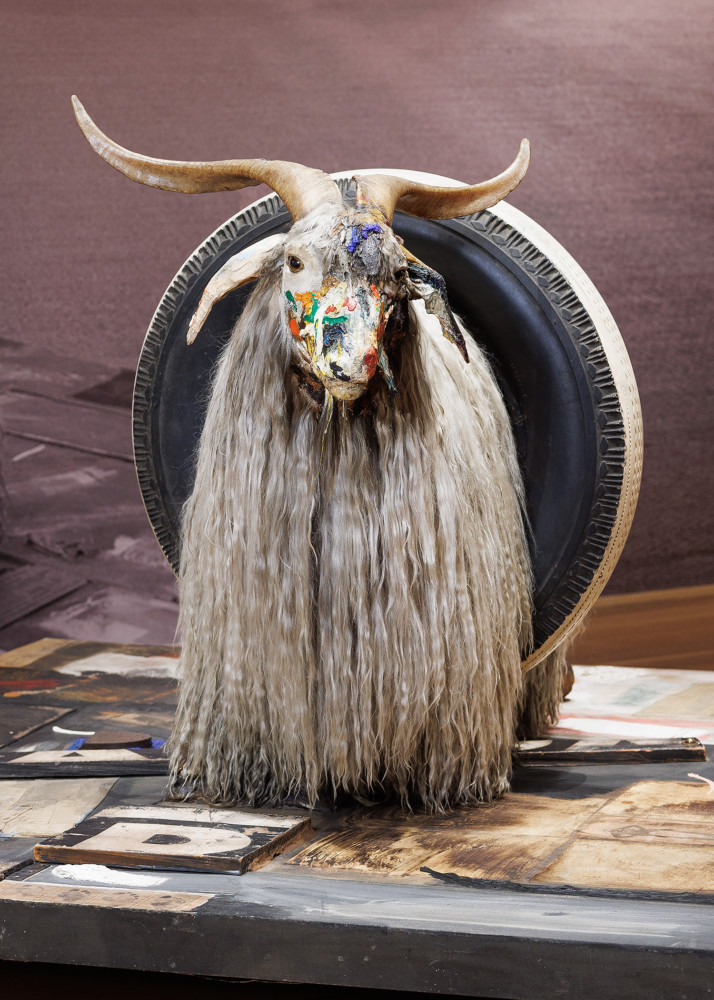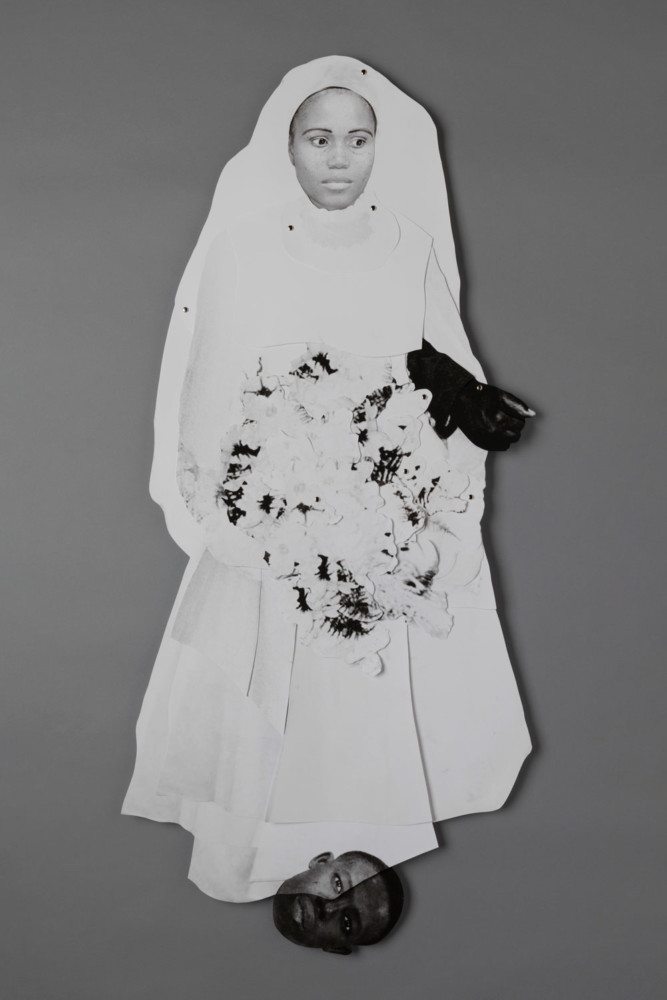
Moderna Museet and the National Heritage Board examines how Monogram is feeling. Robert Rauschenberg, Monogram, 1955-1959 Photo: Åsa Lundén/Moderna Museet © Robert Rauschenberg/Untitled Press, Inc./ Bildupphovsrätt 2016
15.3 2016
How is the Goat getting on?
“We want to know how Monogram is doing,” says My Bundgaard, conservator at Moderna Museet, “so we have initiated an extensive programme of examinations.” The analyses are carried out together with the Swedish National Heritage Board.
The preliminary general inspection indicates that it has a fracture on one leg. The body also contains a large amount of iron, in the form of nails holding the skin in place, and centimetre-thick metal rods reinforcing the skeleton. The goat has also been preserved with arsenic. This used to be common practice among taxidermists. Thérèse Lilliegren´, conservator, comments on the examination results:
“The goat is doing quite well, apart from some stress where the tyre is resting. If it’s going to be transported, we need to remove that pressure. Also, it leans slightly to one side, and we’re trying to work out how much, because we don’t want it to start leaning even more. The goat is sensitive to light, but not exceptionally so. Altogether, it seems to be in very good condition. That is part of what we have been able to conclude so far in our examination.”
Conservators: Thérèse Lilliegren and My Bundgaard
Published 15 March 2016 · Updated 24 June 2019




















